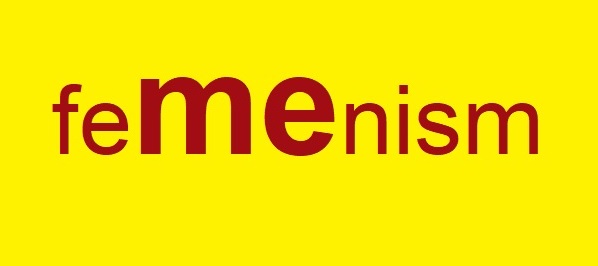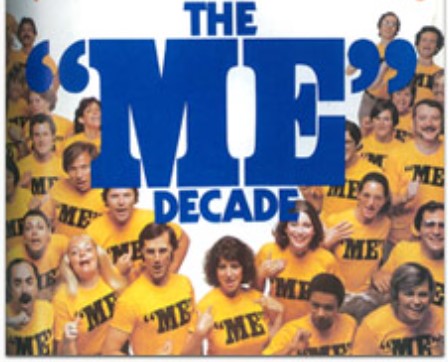
The “Me” Decade and the Third Great Awakening
By
In 1961 a copywriter named Shirley Polykoff was working for the Foote, Cone & Belding advertising agency on the Clairol hair-dye account when she came up with the line: “If I’ve only one life, let me live it as a blonde!” In a single slogan she had summed up what might be described as the secular side of the Me Decade. “If I’ve only one life, let me live it as a—!” (You have only to fill in the blank.)
This formula accounts for much of the popularity of the women’s-liberation or feminist movement. “What does a woman want?” said Freud. Perhaps there are women who want to humble men or reduce their power or achieve equality or even superiority for themselves and their sisters. But for every one such woman, there are nine who simply want to fill in the blank as they see fit. “If I’ve only one life, let me live it as … a free spirit!” (Instead of … a house slave: a cleaning woman, a cook, a nursemaid, a station-wagon hacker, and an occasional household sex aid.)
But even that may be overstating it, because often the unconscious desire is nothing more than: Let’s talk about Me. The great unexpected dividend of the feminist movement has been to elevate an ordinary status—woman, housewife—to the level of drama. One’s very existence as a woman—as Me—becomes something all the world analyzes, agonizes over, draws cosmic conclusions from, or, in any event, takes seriously. Every woman becomes Emma Bovary, Cousin Bette, or Nora … or Erica Jong or Consuelo Saah Baehr.
The “Me” Decade and the Third Great Awakening, By Tom Wolfe (1976)

You must log in to post a comment.